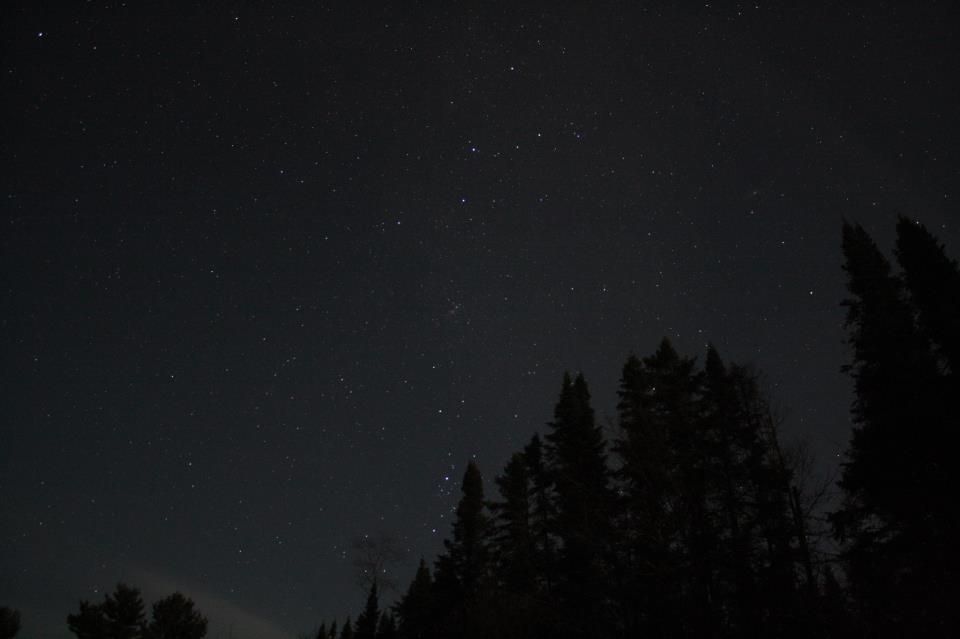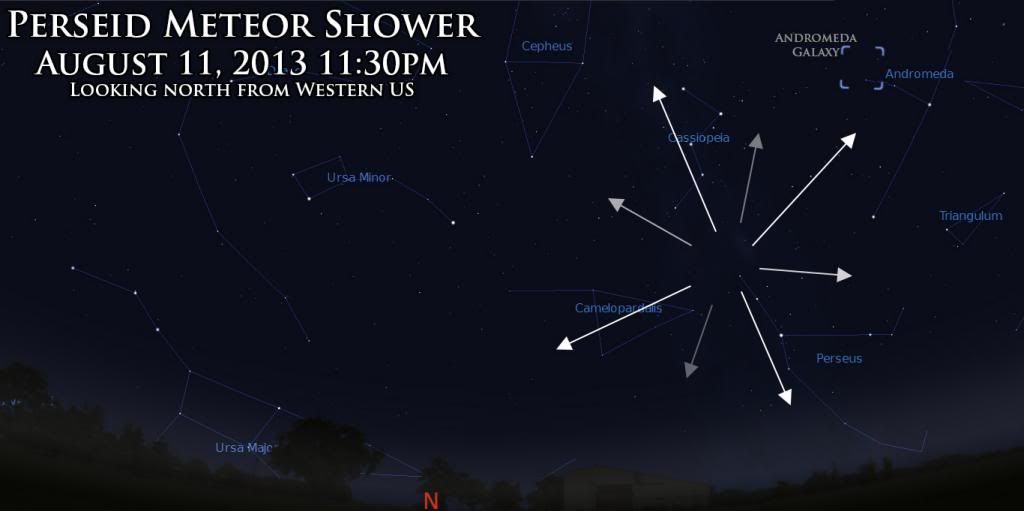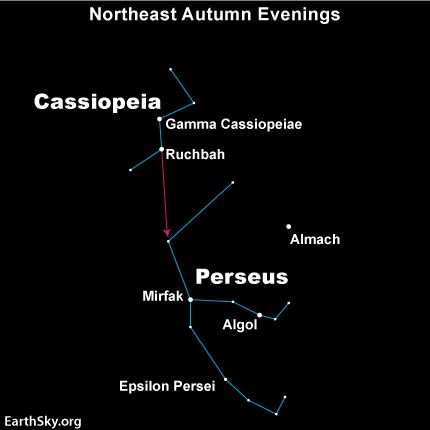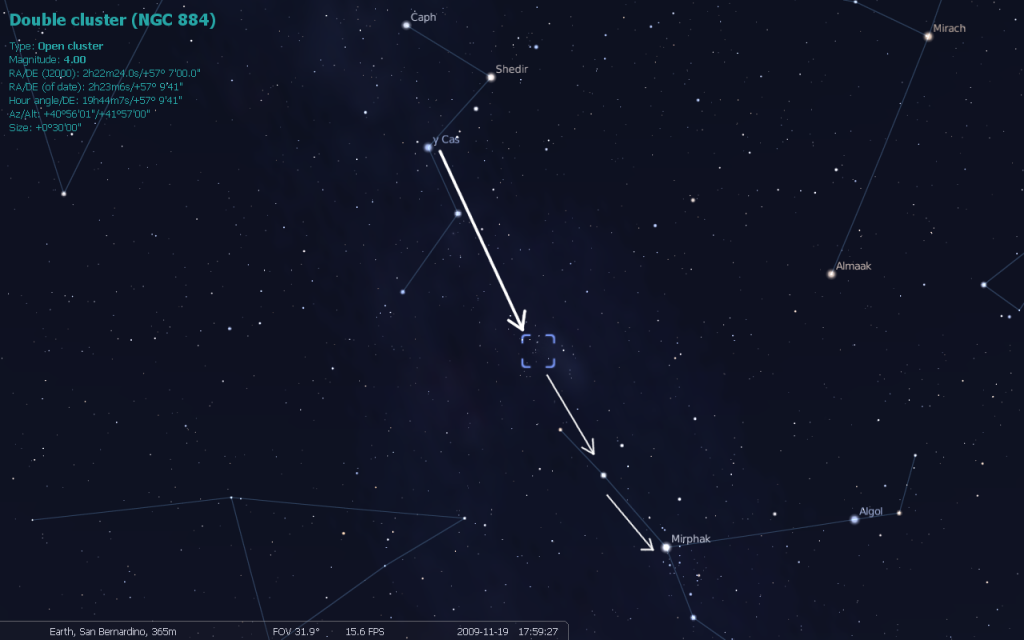In the Northern Hemisphere, the annual August Perseid meteor shower probably ranks as the all-time favorite meteor shower of the year. This major shower takes place during the lazy, hazy days of summer, when many families are on vacation. And what could be more luxurious than taking a siesta in the heat of the day and watching this summertime classic in the relative coolness of night?
No matter where you live worldwide, the 2014 Perseid meteor shower will probably peak on the mornings of August 11, 12 and 13. On a dark, moonless night, you can often see 50 or more meteors per hour from northerly latitudes, and from southerly latitudes in the Southern Hemisphere, perhaps about one-third that many meteors. Unfortunately, in 2014, full moon comes on August 10. And not just any full moon, but the closest supermoon of this year.
Thus, on the Perseids’ peak mornings, a big and bright waning gibbous moon will obscure all but the brightest meteors. But all is not lost! It just means you need to start observing before the shower’s peak this year. Follow the links below to learn more.

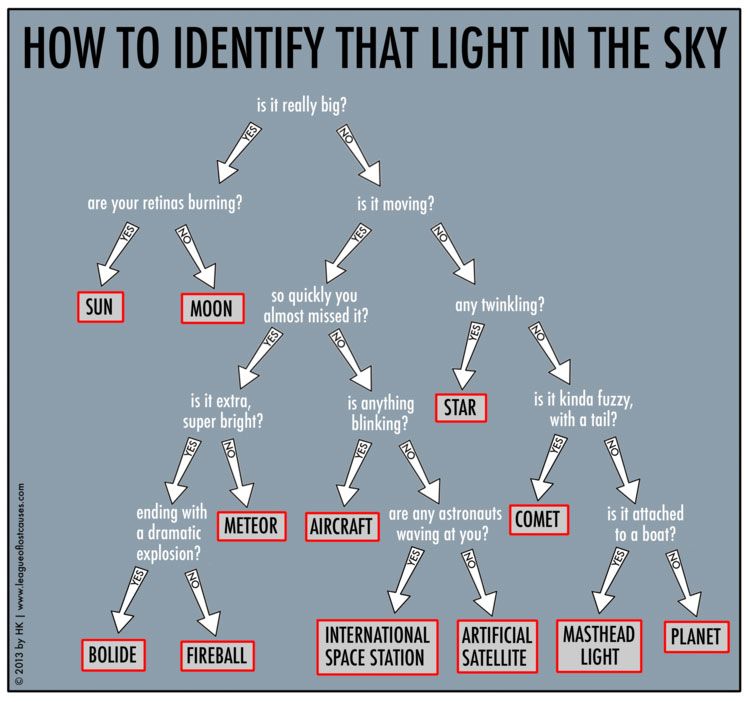
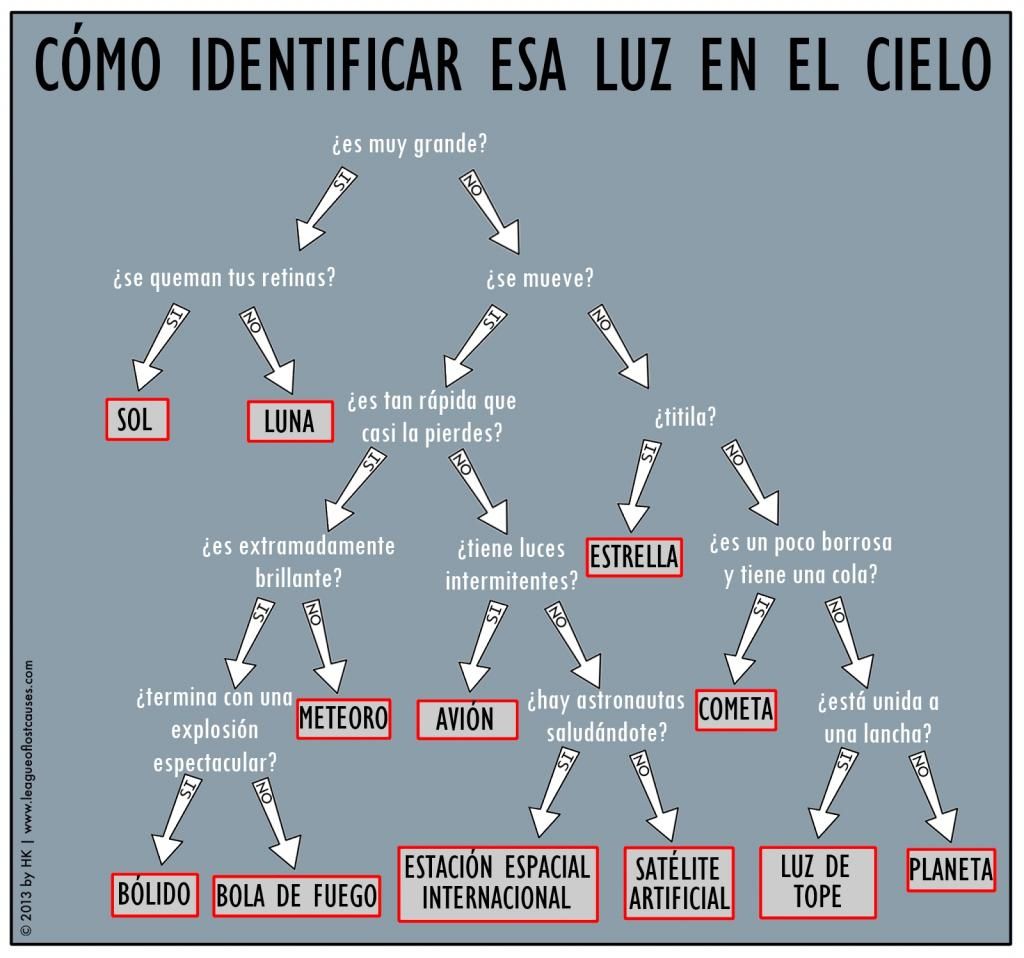






 ), mas no ano passado consegui observar mais de 30 meteoros nas Perseidas virado para sul numa praia algarvia. Espero avistar alguns este ano apesar da proximidade à super-lua.
), mas no ano passado consegui observar mais de 30 meteoros nas Perseidas virado para sul numa praia algarvia. Espero avistar alguns este ano apesar da proximidade à super-lua.